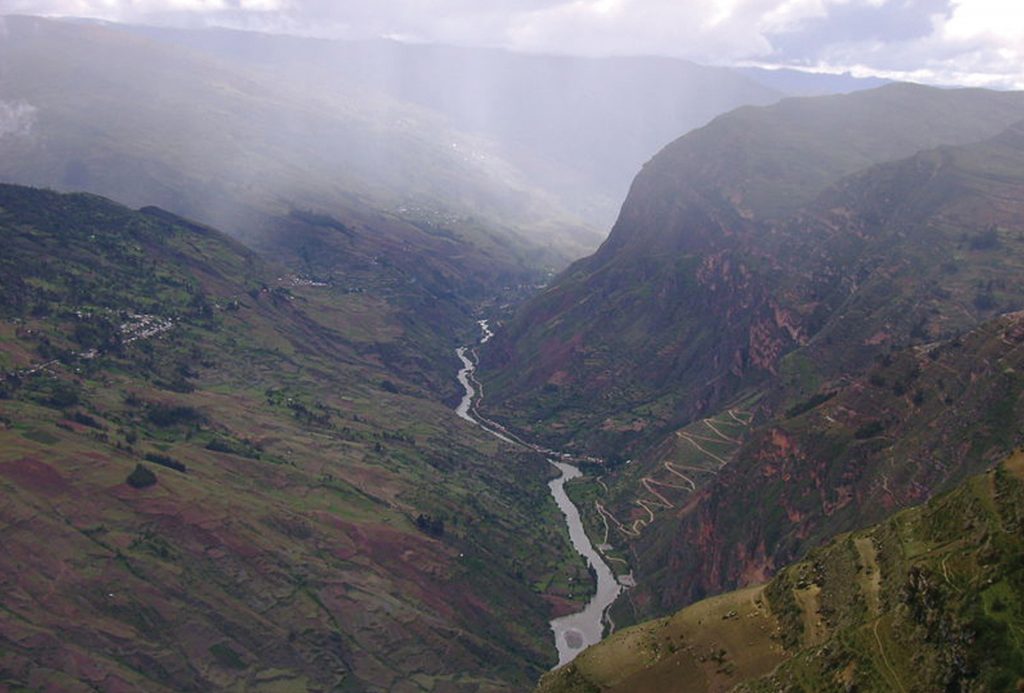Hundreds of built and proposed hydroelectric dams may significantly harm life in and around the Amazon, according to research led by UT Austin scientists recently published in Nature.
To meet energy needs, economic developers in South America have proposed 428 hydroelectric dams, with 140 currently built or under construction, in the Amazon basin — the largest and most complex network of river channels in the world, sustaining the highest biodiversity on Earth and 20 percent of the planet’s fresh water. Though justified for providing renewable energy and avoiding carbon emissions, these dams may present major disturbances to the Amazon floodplains, rainforests and the northeast coast of South America, as well as the regional climate, researchers say.
Rivers in the Amazon basin move like a dance, exchanging sediments across continental distances to deliver nutrients to “a mosaic of wetlands,” sustaining wildlife, contributing to the regional food supplies and modulating river dynamics that result in high habitat and biotic diversity, says lead author Edgardo Latrubesse, professor of geography and the environment and faculty affiliate of the Teresa Lozano Long Institute of Latin American Studies.
Researchers found that many of the existing dams are located in areas of high sediment yield, such as the Andean Cordillera, which provides more than 90 percent of the detrital sediment to the entire system. The Marañón and Ucayali rivers are the most vulnerable in this area, with 104 and 47 dams planned or constructed on each river, respectively. Researchers estimated 68 to 80 percent of the area upstream of the lowermost planned dam in these rivers will remain unprotected from dam influence, modifying the rivers’ dynamics, decreasing floods and floodplain sediment storage, and putting thousands of species of birds, fish and trees at risk.

Similarly, the Madeira River — which accounts for about half of the Amazon River system’s total sediment transported from Bolivia and Peru and is home to the most diverse fish population in the Amazon — faces extreme risks of potential land use change, erosion, runoff pollution and trapped sediment, researchers say. Here, two huge dams were recently constructed, the Santo Antônio and Jiaru dams, which led to a 20 percent decrease in the average sediment concentration in the Madeira despite unusually high flood discharges in 2014 and 2015.
Other large rivers in the central highlands of Brazil are also impacted, researchers say. Investigation of the Tapajós River — where the main stem has not yet been directly disrupted, but 28 dams were recently constructed in its major tributaries — showed that the river and all its major tributaries will be impounded if developers move forward with 90 proposed dams and deforestation continues at its current rate.
“We have to put the risks on the table and change the way people are looking at the problem. We are massively destroying our natural resources, and time urges us to find some rational alternatives for preservation and sustainable development,” Latrubesse says.
